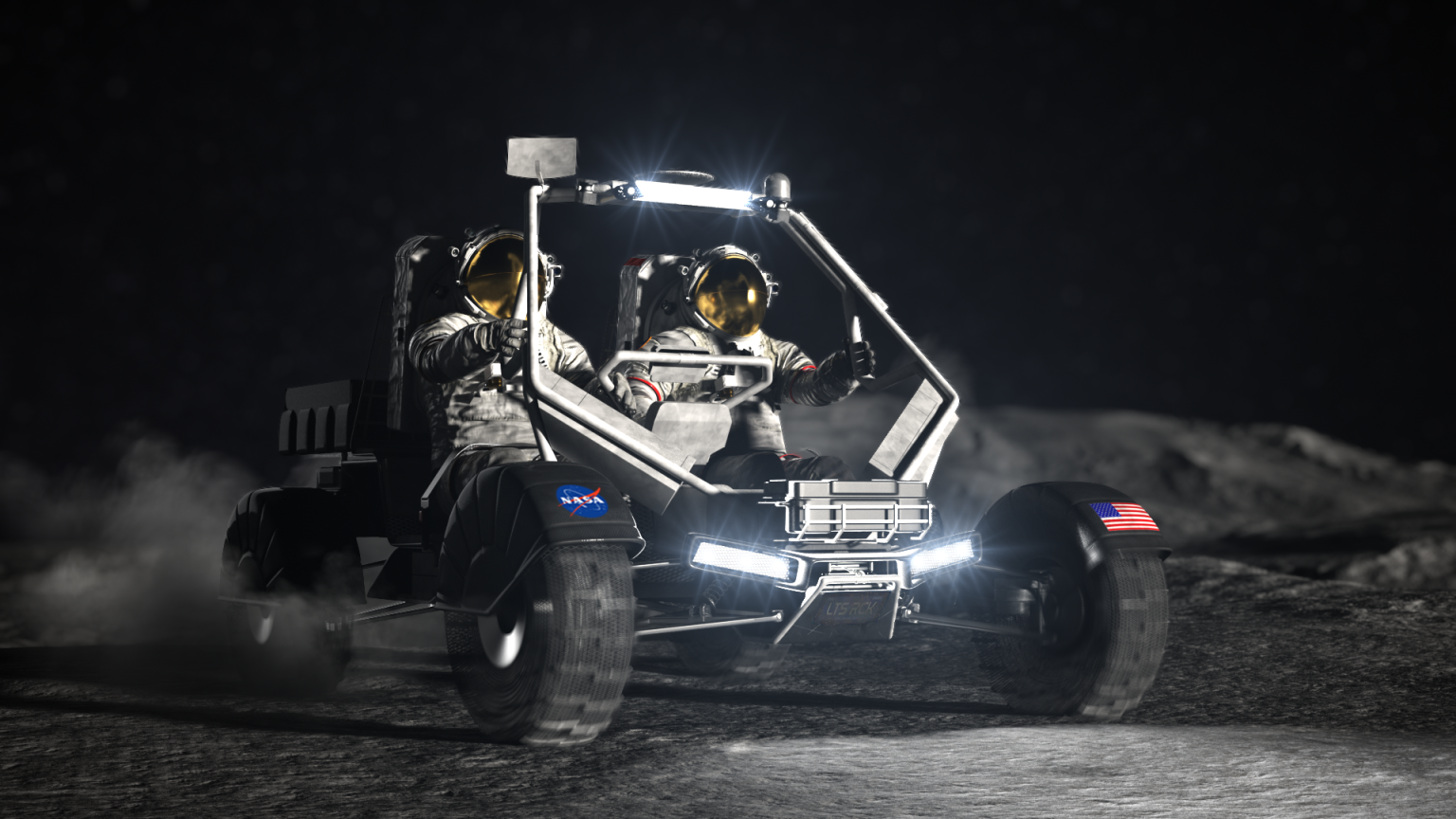
NASA has selected three space companies, Intuitive Machines, Lunar Outpost, and Venturi Astrolab, to design the next-generation moon buggy. These vehicles are intended to support astronauts on the lunar surface, particularly for the Artemis program, which aims to return humans to the Moon and establish a sustainable presence there.
The process for choosing the final moon buggy design involves a 12-month feasibility phase, during which each of the three companies will refine their concepts into preliminary designs.
Following this phase, a competitive process will ensue, with the companies submitting proposals for a demonstration task order. This phase will culminate in the selection of a final design, with the winning company tasked with not only designing but also launching and landing their lunar terrain vehicle (LTV) on the Moon before the Artemis V mission, expected no earlier than 2029.
Although NASA has not disclosed the financial details of the contracts awarded to the companies, Intuitive Machines has revealed receiving a $30 million contract. The total value of all potential task orders over the next 13 years is estimated at $4.6 billion.
Despite the competition, specifics about the designs, such as range and battery technology, remain confidential. However, NASA has outlined that the rover must support two astronauts in spacesuits and be durable enough to last 10 years on the lunar surface.
The companies are not working alone; they’ve formed teams with other industry leaders as shown in the table below:
| Company | Partnerships |
|---|---|
| Intuitive Machines | AVL, Boeing, Michelin, Northrop Grumman |
| Lunar Outpost | Lockheed Martin, General Motors, Goodyear, MDA Space (Lunar Dawn team) |
| Venturi Astrolab | Axiom Space, Odyssey Space Research |
These partnerships are part of NASA’s broader Artemis program, which aims not just to explore the Moon but to enable a permanent human presence there as a stepping stone for future missions to Mars. The lunar terrain vehicles are crucial to this vision, providing mobility for astronauts to conduct scientific research, transport equipment, and explore further than possible on foot. The vehicles are designed to be operated both by astronauts on the Moon and remotely from Earth, offering continuous exploration capabilities even when astronauts are not present on the lunar surface.
Related News:
Featured Image courtesy of Nasa
